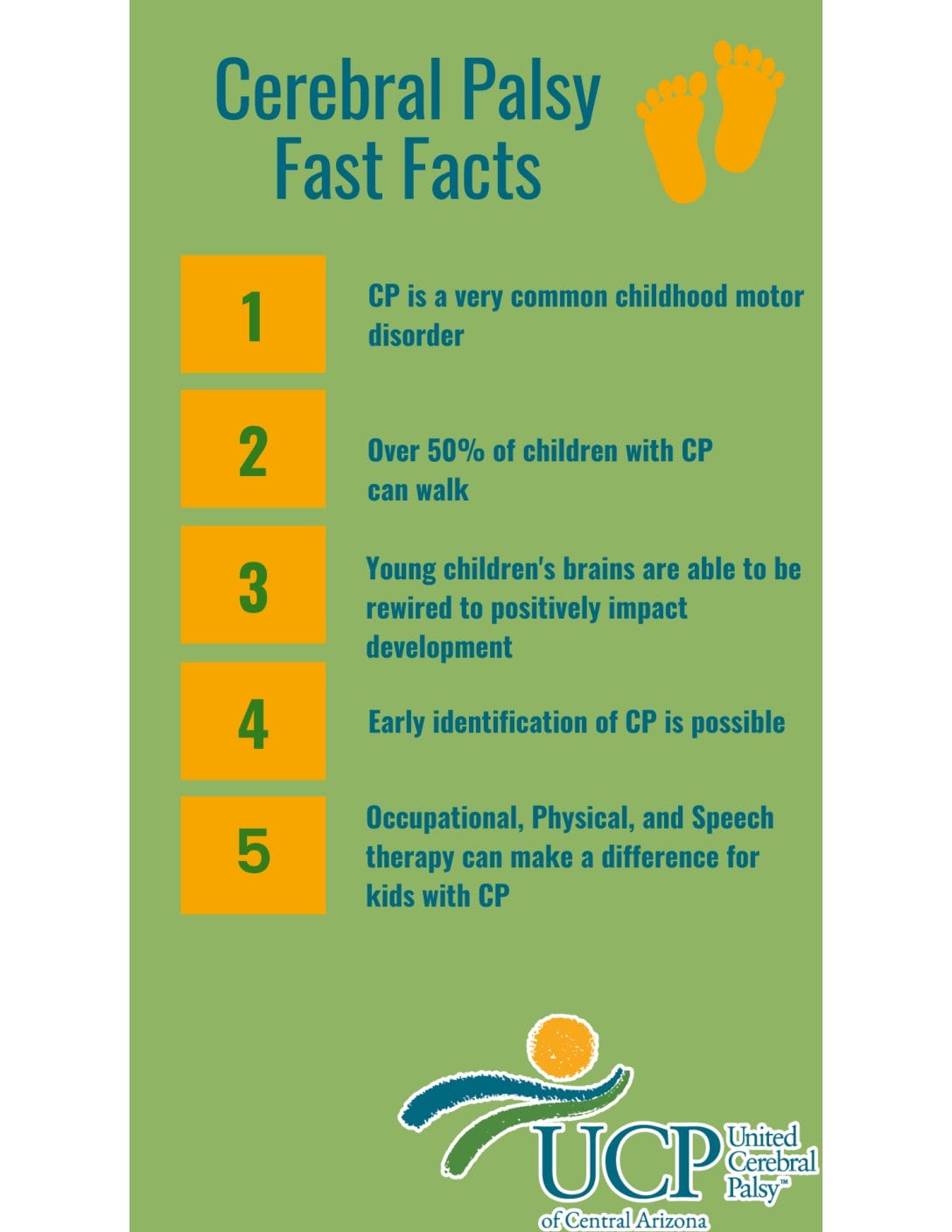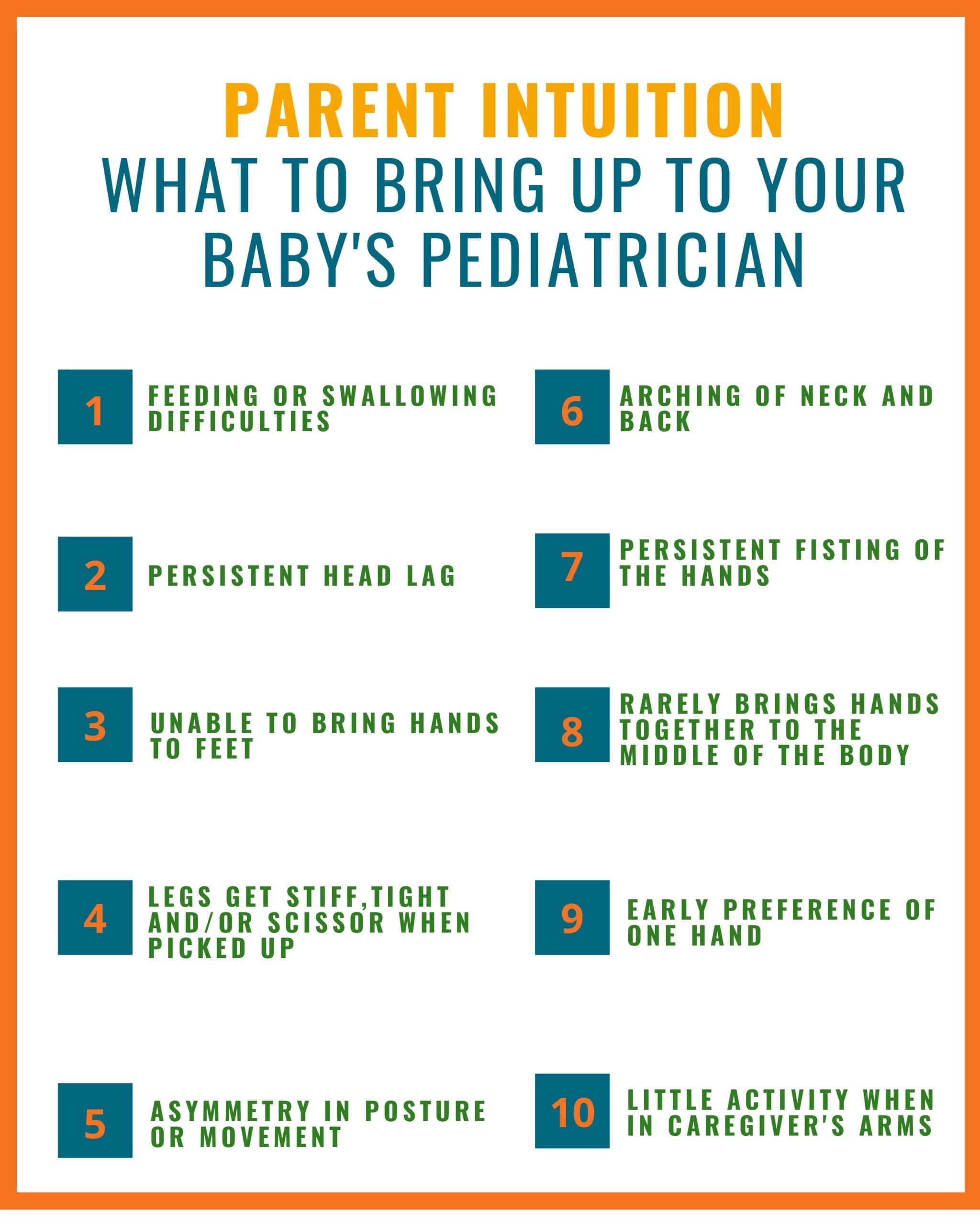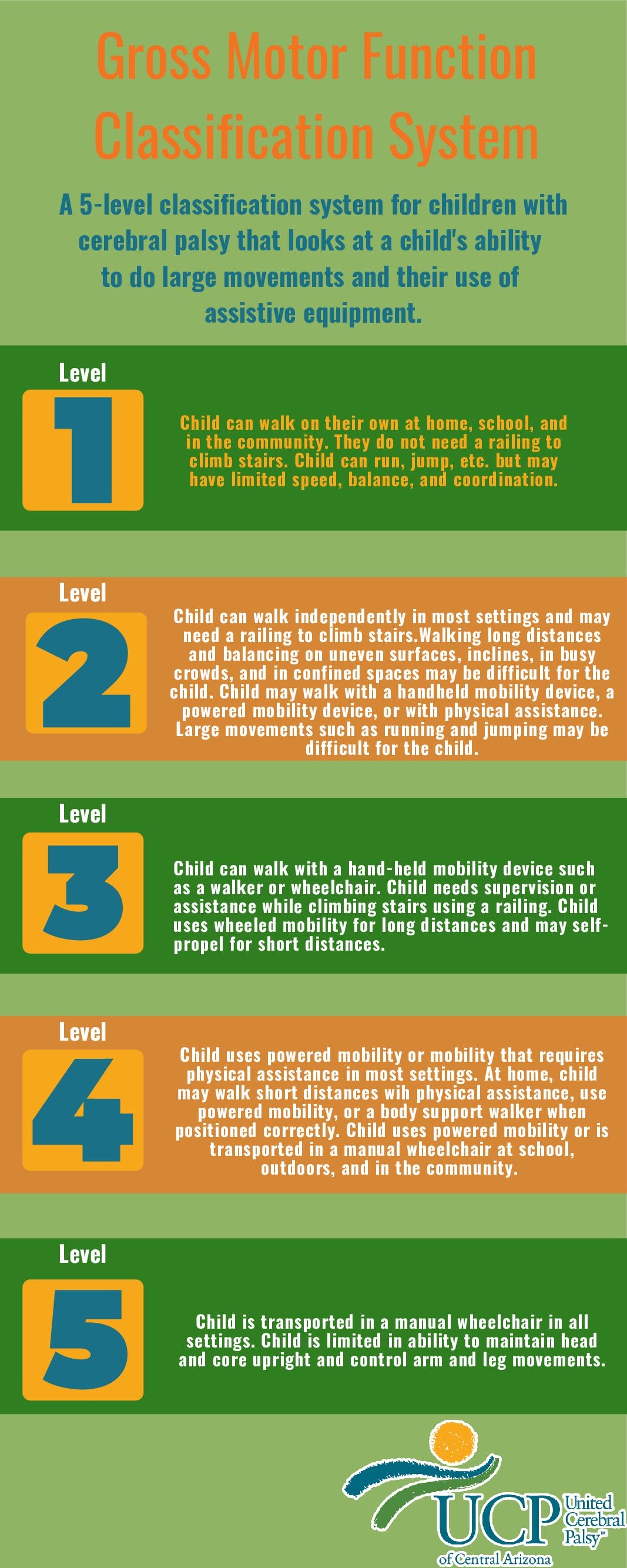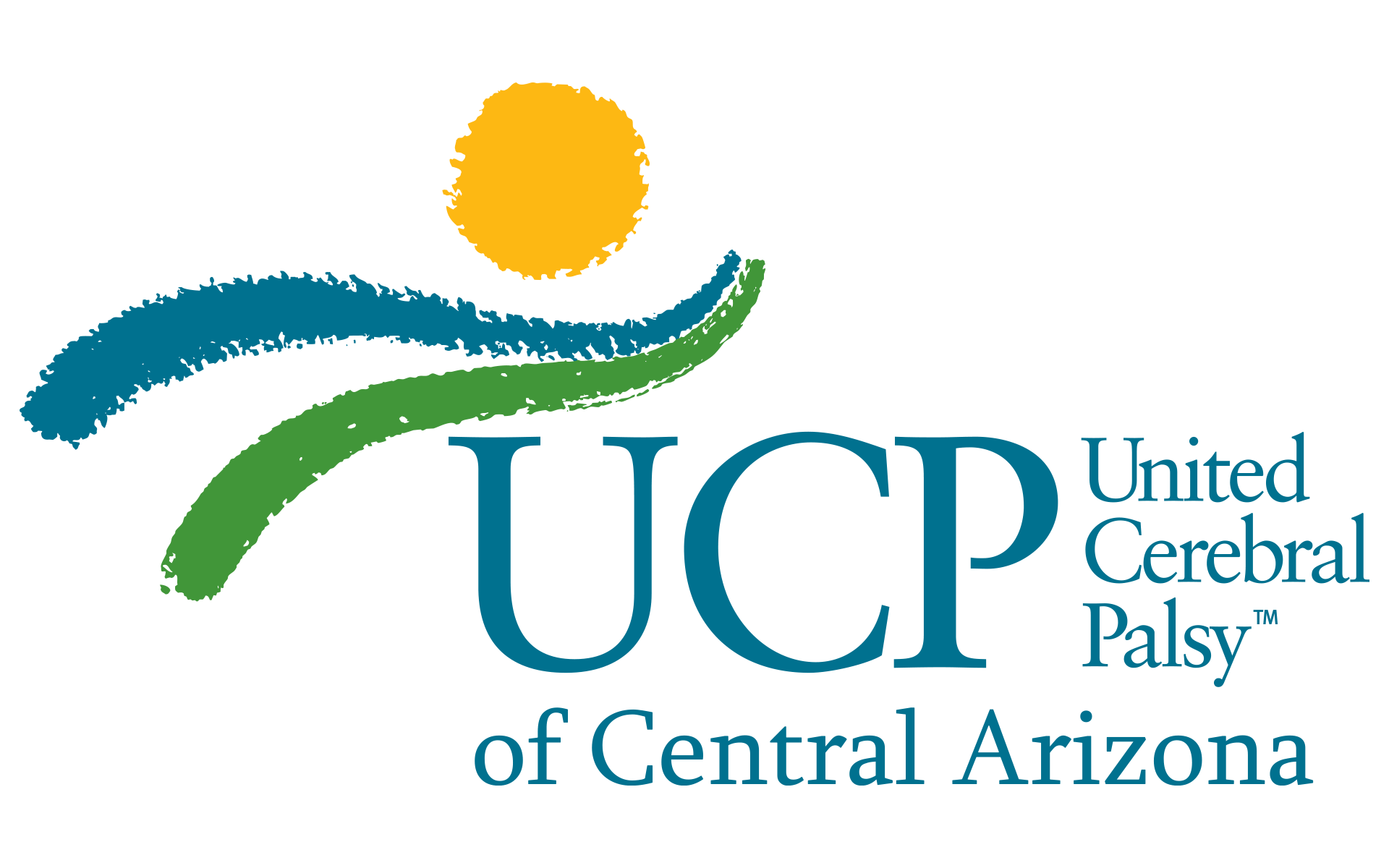Cerebral Palsy
If your child has cerebral palsy, we want you to know that you are not alone. Did you know cerebral palsy is a very common childhood motor disorder? In fact, 1 in every 345 children in the U.S. have cerebral palsy. While there is a lot of information on cerebral palsy, ultimately it is important for you to know that there is hope with new interventions for cerebral palsy.
What is Cerebral Palsy?
So, what is cerebral palsy? Cerebral palsy is a condition that affects a person’s ability to move and maintain balance and posture, which limits a person’s ability to participate in activities. It is caused by atypical brain development or an insult to the brain. Cerebral palsy can either be congenital or acquired. Congenital means that the abnormal development or insult to the brain occurred during pregnancy and acquired means that the insult to the brain happened in the days, weeks, months, or the first year after birth. Although cerebral palsy affects a child’s body over time, it is not a progressive disease.

Risk Factors
There are many risk factors that can increase the chance for having cerebral palsy. Yet, the exact cause of cerebral palsy varies widely from person to person. Wondering whether your child has cerebral palsy can be stressful for parents who have concerns for their baby.
The important thing to know is that a risk factor means there is an increased possibility. There is no one factor that has been determined to be the cause of cerebral palsy for all children. In fact, many children who are born with risk factors do not have cerebral palsy and about half of the children born with cerebral palsy don’t have obvious risk factors.
Confusing, right? If you or others have concerns about your baby’s motor development and your baby has one or more risk factors, talk with your pediatrician. Follow your parent’s intuition. It’s better to have a specialist, whether a pediatric neurologist or physical therapist, evaluate your baby and make sure your baby is developing as should be.

So what are the risk factors that occur during pregnancy?
Congenital risk factors for cerebral palsy include:
- Low birthweight
- Premature birth
- Genetic abnormalities
- Twins, triplets, or other multiple births
- Infertility treatments using assisted reproductive technology
- Infections during pregnancy
- Birth complications
- Jaundice/kernicterus
- Mothers with thyroid conditions, intellectual disability, or seizures
Risk factors after birth that may contribute to acquired cerebral palsy are:
- Brain infections
- Brain injuries
- Problems with blood flow to the brain
What are the Types of Cerebral Palsy?
Cerebral palsy can be categorized by severity, type and if spasticity involved, topography. The four main types of cerebral palsy: spastic, ataxic, dyskinetic, and mixed. These are all based on the area of the brain that has been affected.
Spastic Cerebral Palsy
Spastic Cerebral Palsy is caused by damage to the motor cortex. The motor cortex is located on the back part of the frontal lobe of the brain, laying ear to ear in the same way a hair band would. It’s the part of the brain that controls the way your body moves. This type of cerebral palsy is characterized by increased muscle tone resulting in stiff muscles and awkward movements and is the most common type of cerebral palsy. In fact, approximately 80% of children with cerebral palsy experience spasticity. Spastic cerebral palsy can be further classified according to the parts of the body that are effected. Hemiplegic cerebral palsy affects both limbs on one side of the body. Diplegic cerebral palsy affects both legs. The arms may also be affected, but to a lesser extent.
Dyskinetic Cerebral Palsy
Dyskinetic Cerebral Palsy is caused by damage to the basal ganglia, located deep in the brain, and is the part of your brain responsible for controlling and coordinating the way the body moves. It is characterized by varying muscle tone throughout the body. This tone can change throughout the day or day to day. Dyskinetic cerebral palsy makes it difficult to control the hand, arm, foot, and leg, making it difficult to sit and walk. A child may also have trouble sucking, swallowing, and talking if their face and tongue muscles are affected.
Ataxic Cerebral Palsy
Ataxic Cerebral Palsy is caused by damage to the cerebellum, located in the back of the brain, that is the part of the brain that controls our balance. It is characterized by difficulty with quick and controlled movements especially controlling the arms and hands when reaching. These difficulties with coordination and balance result in unsteady walking.
Mixed Cerebral Palsy
Mixed Cerebral Palsy is exactly what it sounds like. A child can display symptoms of multiple types of cerebral palsy.

How Can UCP Help?
At UCP, we have a team of therapists including occupational therapists, physical therapists and speech language pathologists who have experience with working motor disorders. UCP not only provides traditional therapy but also has special programs that are designed to help children with cerebral palsy of all ages.
Babies At-High Risk or Diagnosed with Cerebral Palsy
- Evaluation for Early Identification
- Coming Soon! Baby Constraint Induced Movement Therapy
Toddlers At-High Risk or Diagnosed with Cerebral Palsy
- Early Power Mobility
- Robot Assisted Gait Training
- Sensory Feeding Therapy
- Augmentative and Assisted Communication
- Coming Soon! Constraint Induced Movement with Bilateral Intensive Therapy
Children 3 and Up Diagnosed with Cerebral Palsy
- Robot Assisted Gait Training
- Sensory Feeding Therapy
- Augmentative and Assisted Communication
- L.I.F.E. Skills Group
UCP of Central Arizona also provides Home and Community Based Programs for children and young adults who have cerebral palsy which may include respite and habilitation.
why not
Subscribe to Our Newsletter
Learn more about our programs and services and how we help people with disabilities thrive. We typically send emails once or twice a month.</p> <p>`{`gravityform id=``1`` title=``false`` description=``false`` ajax=``true```}`


